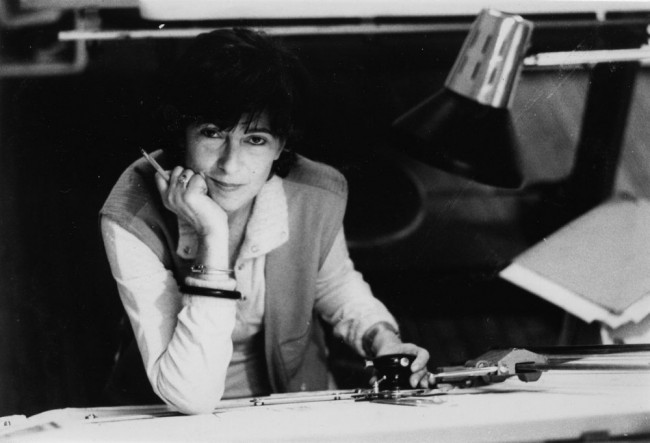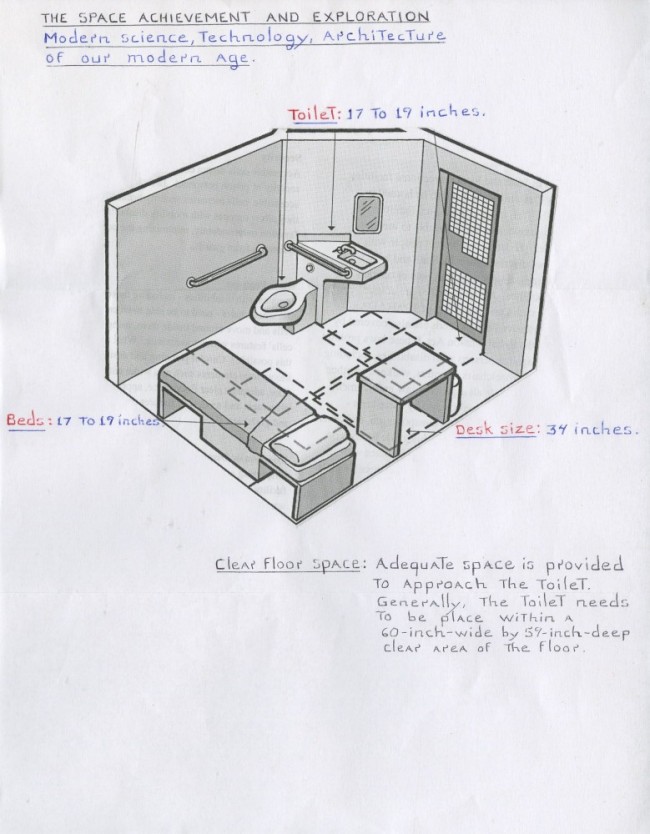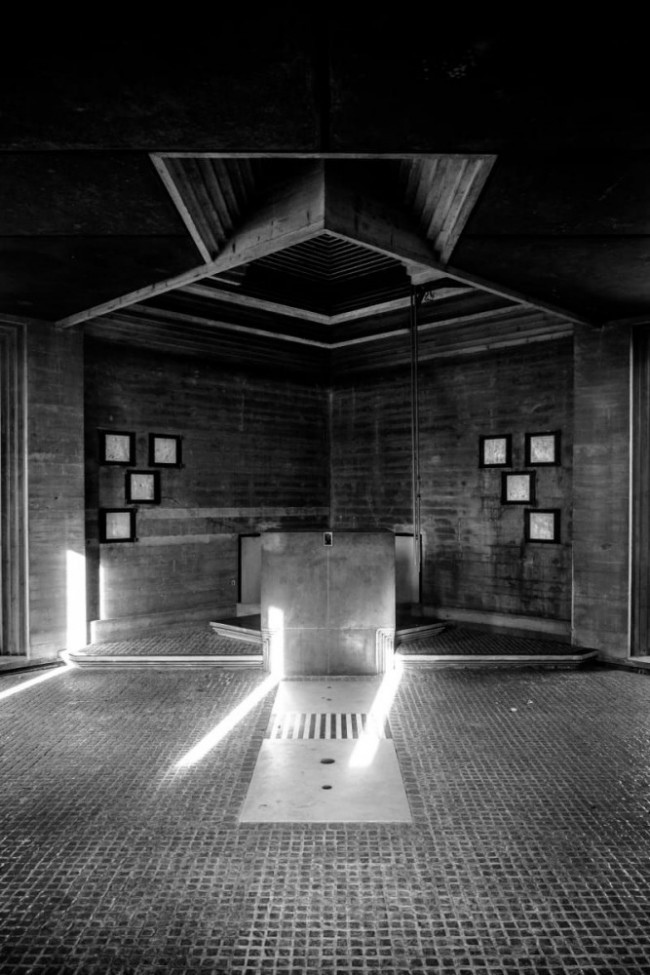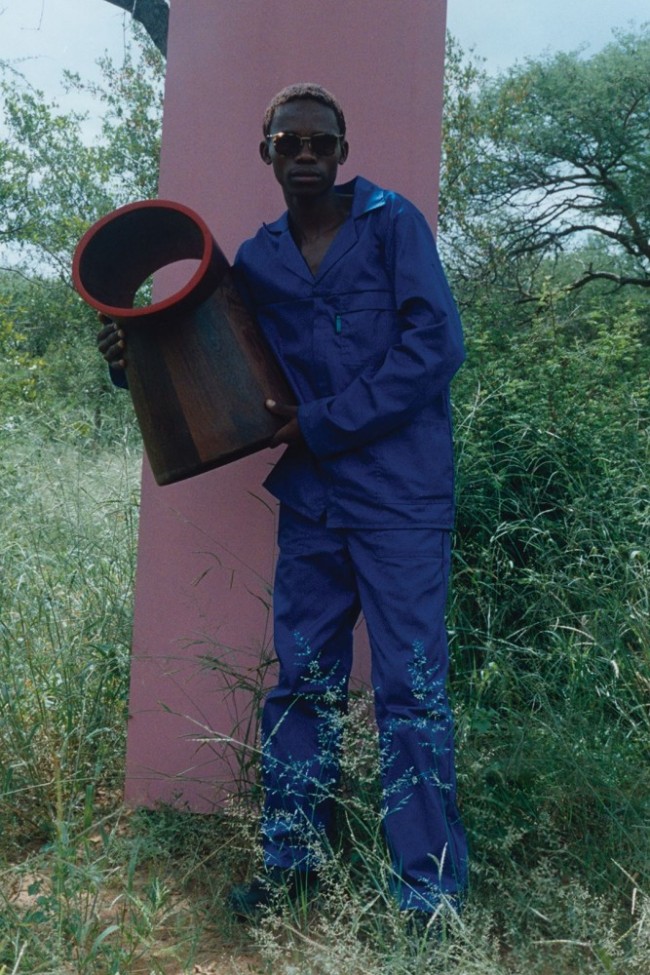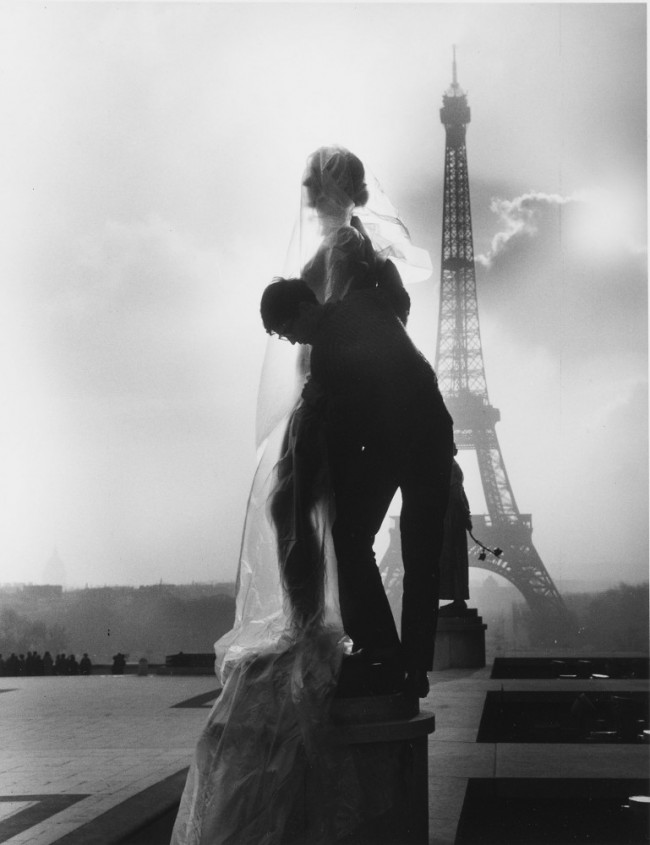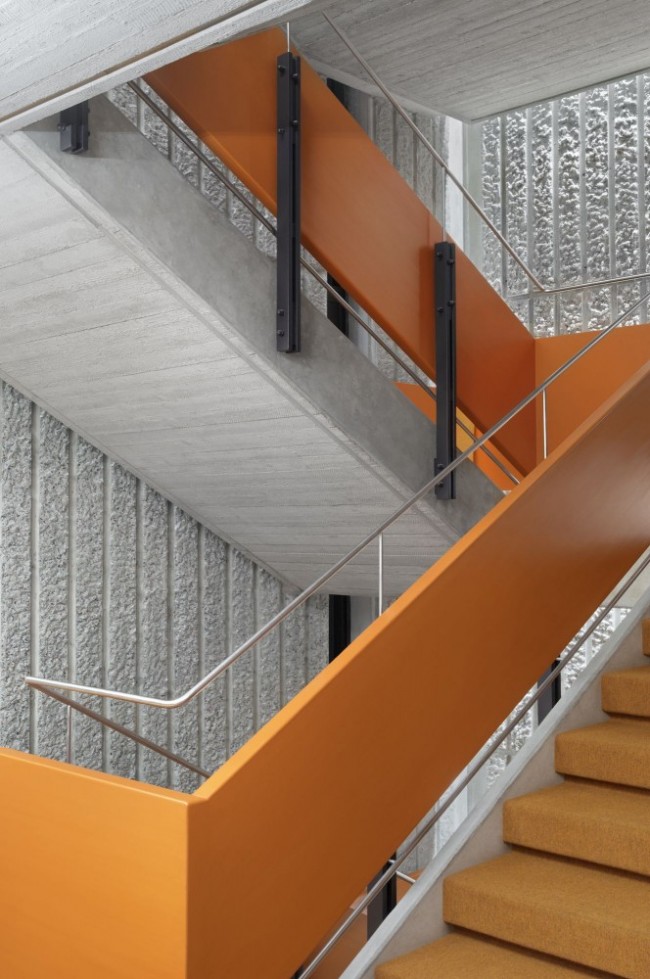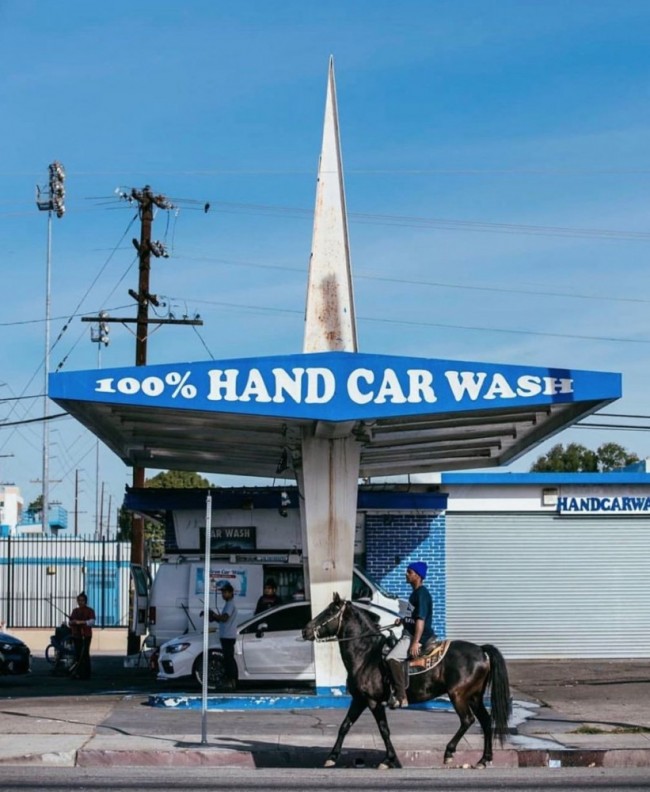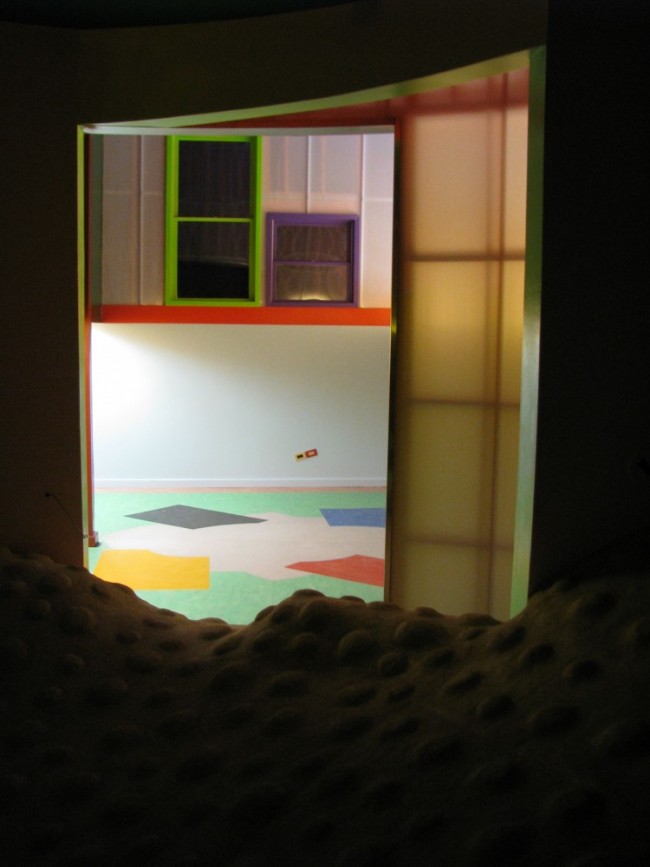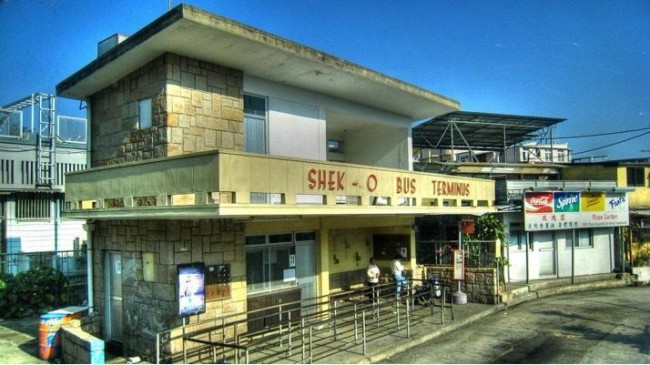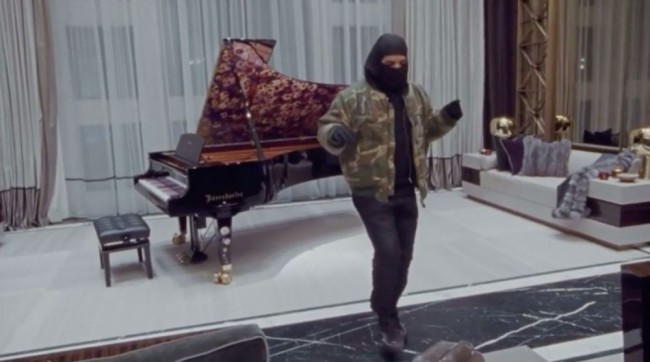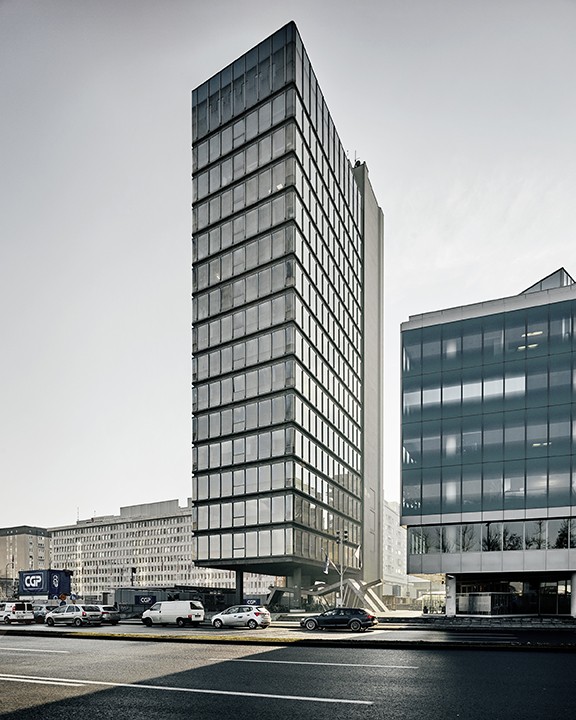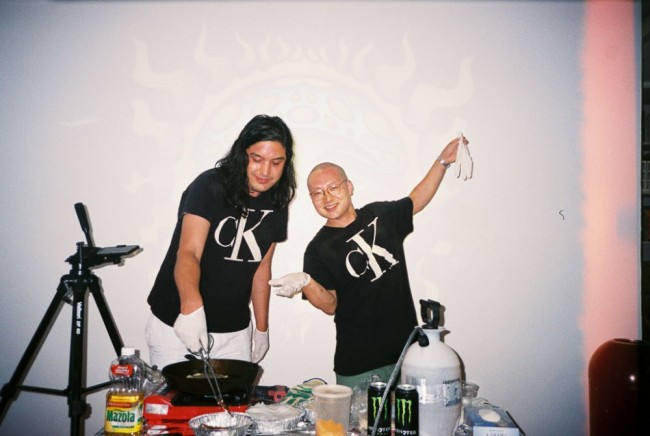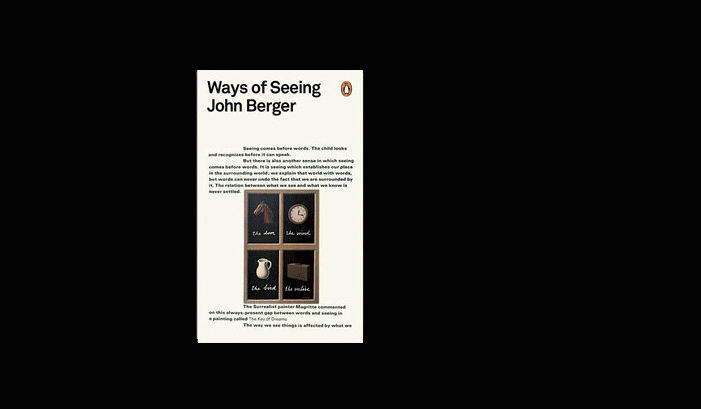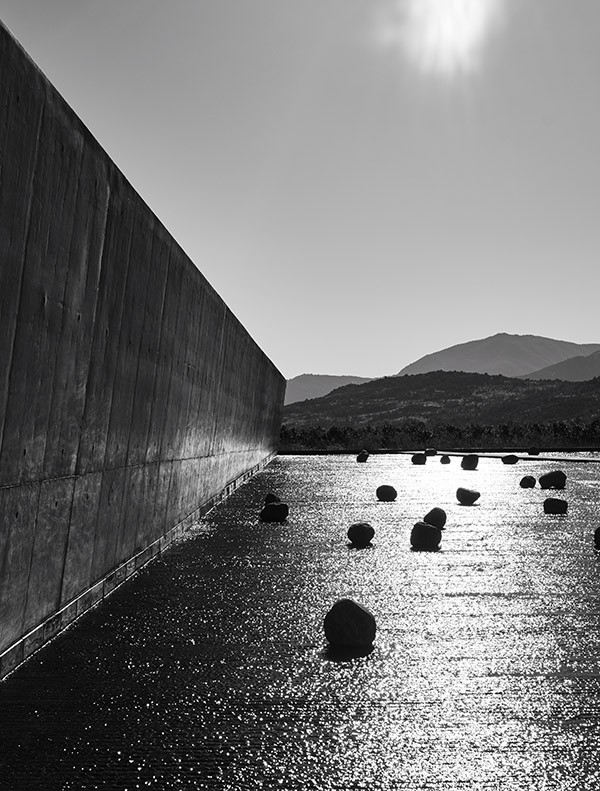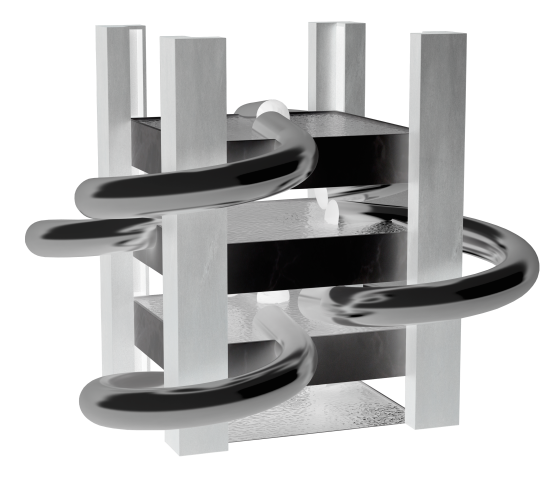URBAN JUNGLE: The FORD FOUNDATION by Roche Dinkeloo
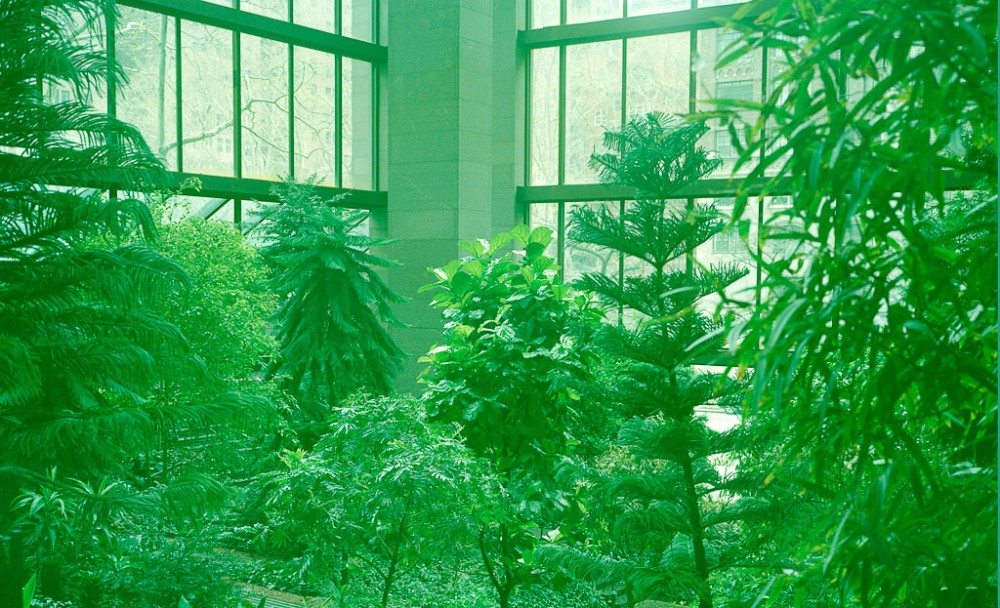
A scourge of plant-life overrunning the planet may not count amongst this year’s plentiful natural disasters, but a visit to the Ford Foundation’s New York City headquarters seems to come dangerously close. Completed in 1967 by the firm of Kevin Roche John Dinkeloo and Associates, and located on the eastern edge of Manhattan’s midtown, the building was widely anticipated and promoted as a landmark and model office. Located near the United Nations, and equally utopian in its mission to support “the frontlines of social change,” the philanthropic foundation steers ten foreign bureaus from its home, all arranged around a frizzy, flapping, petal-pushing public atrium planted with tens of thousands of shrubs and ground-cover plants, over a dozen trees, including eucalyptus and acacia, and featuring aquatic fauna reveling in a tiny central basin.
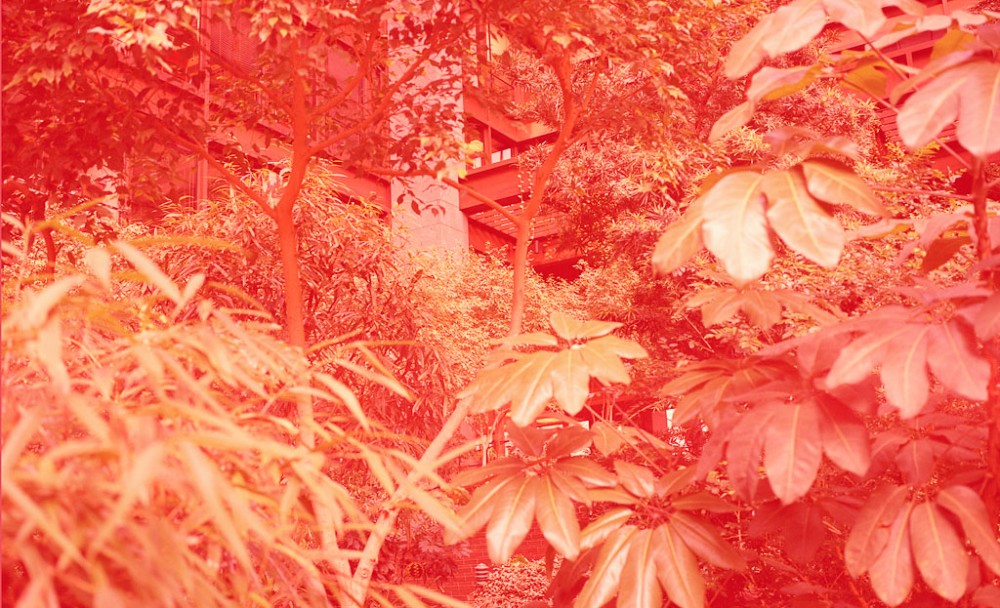
The 160ft-high glass-enclosed garden has prompted luscious comparisons over the years, from Shangri-La to a “Rousseau-ian suburb of the mind.” A public amenity intended more for strolling than for sitting, this Eden-under-glass did not need to refer to Paxton’s legendary Crystal Palace of 1851 or even to contemporaneous wonders-in-a-bubble like the Summerland indoor beach park of 1968. The architects knew that nature in technological suspension was spectacle enough. And to this day — dense but empty, thick but meditative, still dripping and shaggy — this little urban jungle is a technocratic window on a future gone wild.

The recent feature documentary The Quiet Architect by director Mark Noonan follows the Kevin Roche’s 70-year career. It is currently on view at the 16th Biennale Architettura in Venice.
Text by Pierre Alexandre de Looz.
Photographs by David Benjamin Sherry for PIN–UP.
Taken from PIN–UP 8, Spring Summer 2010.

